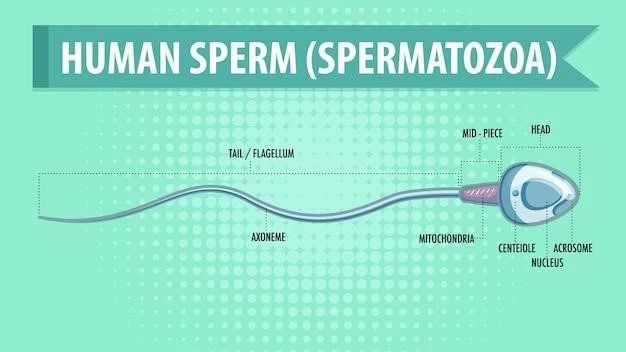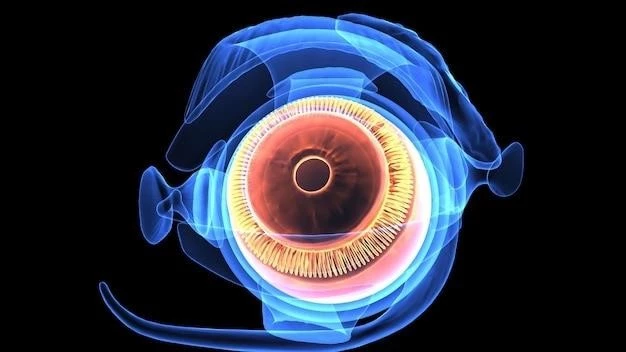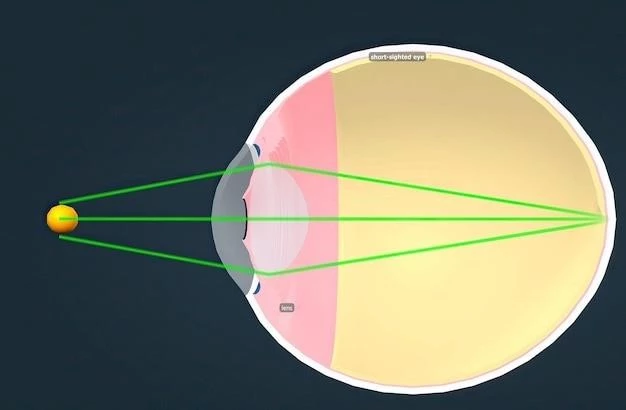Introduction to Oculo-auriculo-vertebral Spectrum
Oculo-auriculo-vertebral spectrum (OAVS) is a congenital disorder of craniofacial morphogenesis, involving structures derived from the first and second pharyngeal arches. Initially described as an association between ophthalmic, auricular, and facial features, the spectrum has been clinically heterogeneous with abnormalities ranging from ear malformations to vertebral defects.
Description of the Disorder
Oculo-auriculo-vertebral spectrum (OAVS) is a congenital disorder involving structures derived from the first and second pharyngeal arches during embryogenesis. The phenotypic features range from abnormalities in the ear to defects of the vertebral column. The spectrum is also known as Goldenhar syndrome or hemifacial microsomia, presenting a complex mix of craniofacial anomalies, cardiac issues, vertebral malformations, and central nervous system defects. The severity varies among affected individuals, with some showing mild manifestations while others experiencing more severe abnormalities.

Clinical Features of Oculo-auriculo-vertebral Spectrum
The clinical features of Oculo-auriculo-vertebral spectrum vary widely and can include abnormalities in the eyes, ears, facial structures, and vertebral column. This spectrum is also known as Goldenhar syndrome or hemifacial microsomia.
Phenotypic Variability
The phenotypic variability of Oculo-auriculo-vertebral spectrum ranges from mild to severe presentations, encompassing a broad spectrum of abnormalities affecting various structures derived from the first and second pharyngeal arches. This variability can include manifestations in the eyes, ears, facial structures, and vertebral column. The clinical presentation may range from isolated microtia to complex anomalies involving multiple systems, leading to a diverse array of physical and developmental challenges in affected individuals.
Common Anomalies
Common anomalies associated with Oculo-auriculo-vertebral spectrum include abnormalities in the eyes, ears, facial structures, and vertebral column. These anomalies can present as variations in the development of the ear, mandibular issues, as well as defects in the vertebral column. The spectrum, also known as Goldenhar syndrome or hemifacial microsomia, encompasses a wide range of craniofacial anomalies, cardiovascular problems, vertebral malformations, and central nervous system defects.
Diagnosis and Genetic Factors
The diagnosis of Oculo-auriculo-vertebral spectrum involves evaluating anomalies in the eyes, ears, facial structures, and vertebral column. Genetic factors play a role in the etiology, influencing the clinical presentation and contributing to the complexity of this congenital disorder.
Etiology of OAVS
The etiology of Oculo-auriculo-vertebral spectrum is complex, involving anomalies in structures derived from the first and second branchial arches during embryogenesis. Both genetic and non-genetic factors contribute to the development of this congenital disorder. While the precise cause remains unclear in many cases, there is evidence suggesting a genetic basis for OAVS, with around half of the affected individuals having a positive family history. The condition manifests as a wide range of clinical presentations, from mild to severe, affecting various craniofacial structures like the eyes, ears, and vertebral column.
Diagnostic Procedures
Diagnosing Oculo-auriculo-vertebral spectrum involves comprehensive evaluations of the eyes, ears, facial structures, and vertebral column. Diagnostic teams may include specialists from genetics, odontology, ophthalmology, orthopedics, and otolaryngology to provide a multidisciplinary approach. Early evaluation of craniofacial abnormalities is crucial in determining the extent of the disorder and guiding appropriate treatment interventions.
Treatment and Management
Management of Oculo-auriculo-vertebral spectrum involves a multidisciplinary approach. Treatment focuses on addressing anomalies in the eyes, ears, facial structures, and vertebral column. Medical interventions and surgical procedures may be recommended based on individual needs.
Medical Interventions
Medical interventions for Oculo-auriculo-vertebral spectrum may involve surgical procedures to address anomalies in the eyes, ears, facial structures, and vertebral column. These interventions aim to improve function and appearance, with treatment plans tailored to the specific needs of each individual.
Multidisciplinary Approach
In addressing Oculo-auriculo-vertebral spectrum, a multidisciplinary approach involving specialists from genetics, odontology, ophthalmology, orthopedics, and otolaryngology is essential. This collaborative effort ensures comprehensive evaluation and tailored management plans that encompass the diverse anomalies affecting the eyes, ears, facial structures, and vertebral column in affected individuals.
Prognosis and Complications
Potential risks of Oculo-auriculo-vertebral spectrum include complications related to anomalies in the eyes, ears, facial structures, and vertebral column. Long-term outlook varies based on the severity of the condition.
Potential Risks
Complications of Oculo-auriculo-vertebral spectrum involve risks associated with anomalies in the eyes, ears, facial structures, and vertebral column. The long-term outlook depends on the individual’s condition and the extent of the anomalies.
Long-Term Outlook
The long-term outlook for individuals with Oculo-auriculo-vertebral spectrum varies depending on the severity of the condition and the presence of associated complications. Regular monitoring and appropriate interventions can help manage the anomalies in the eyes, ears, facial structures, and vertebral column, aiming to improve quality of life and functional outcomes over time.

Research and Advances in Oculo-auriculo-vertebral Spectrum
Current studies are focused on exploring the genetic and phenotypic heterogeneity of Oculo-auriculo-vertebral spectrum, aiming to improve early diagnosis and personalized treatment approaches. Technological innovations support advanced imaging techniques for detailed evaluation of anomalies affecting the eyes, ears, facial structures, and vertebral column in affected individuals.
Current Studies
Recent studies on Oculo-auriculo-vertebral spectrum focus on the genetic and phenotypic diversity of the disorder. By delving into the intricate manifestations affecting craniofacial structures like the eyes, ears, facial features, and vertebral column, researchers aim to enhance early detection methods and individualized treatment strategies. Technological advancements further aid in detailed assessments of anomalies associated with Oculo-auriculo-vertebral spectrum, paving the way for improved diagnostic accuracy and tailored interventions.
Technological Innovations
Technological advancements are revolutionizing the evaluation of anomalies associated with Oculo-auriculo-vertebral spectrum. Advanced imaging techniques and genetic testing are enhancing early detection and personalized treatment strategies for individuals affected by this complex developmental disorder. These innovations play a key role in improving diagnostic precision and therapeutic outcomes in the management of Oculo-auriculo-vertebral spectrum.
